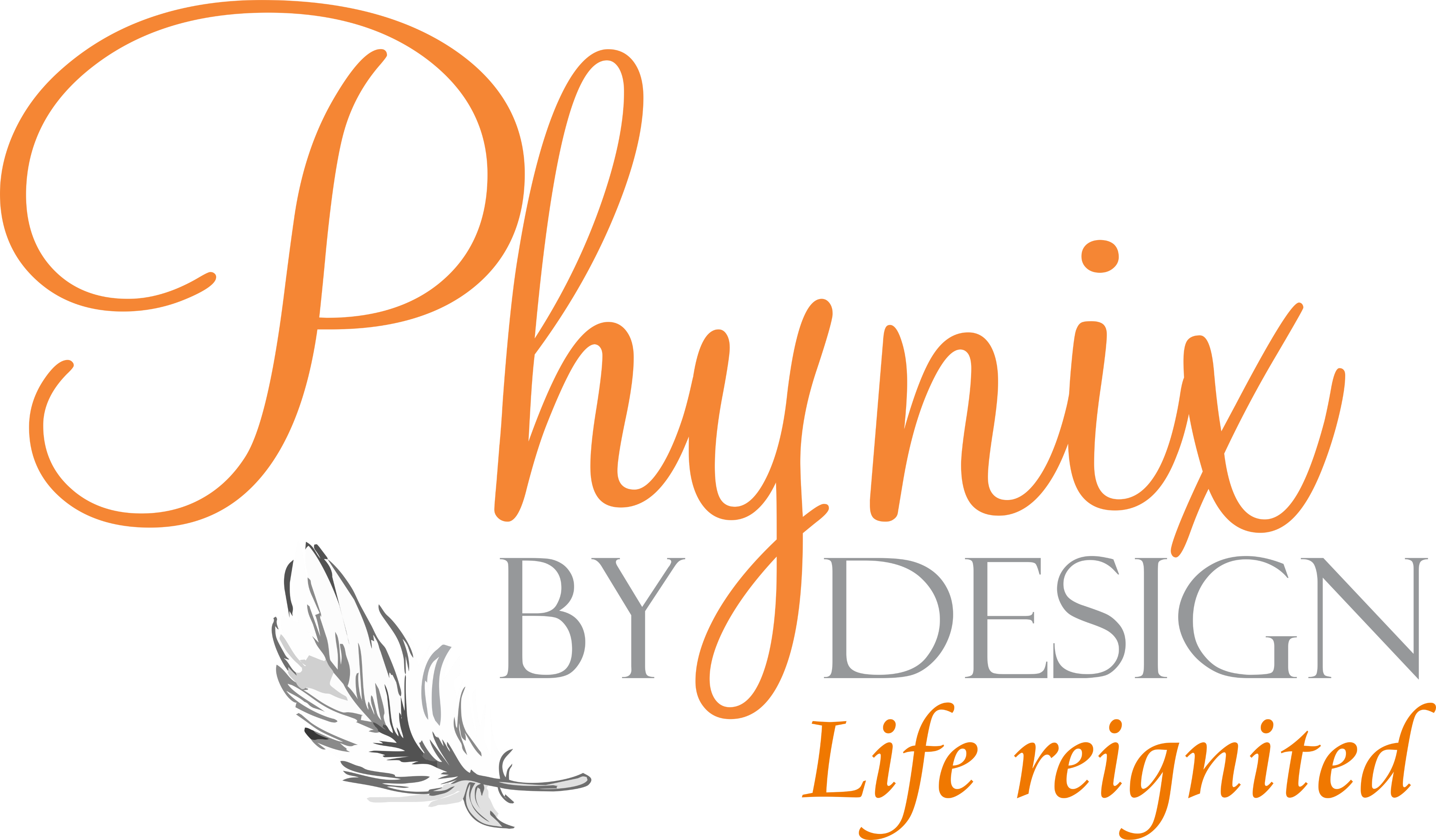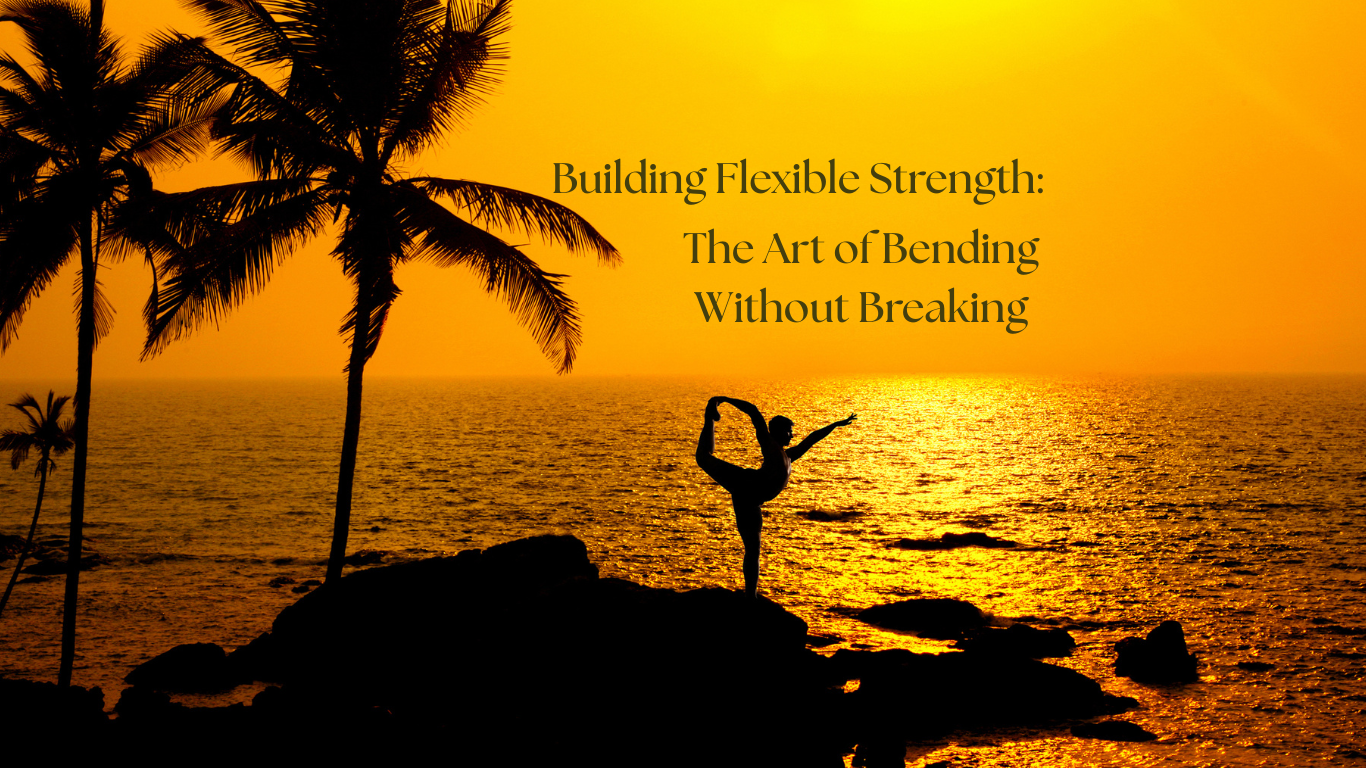Hello again, wonderful human!
How has your week been exploring the foundations of your inner strength? I’ve been thinking about you and wondering what discoveries you’ve made as you’ve begun recognizing the resilience that’s already been carrying you through life.
This week, we’re diving deeper into building flexible strength – the kind of resilience that allows you to adapt and flow with challenges rather than rigidly fighting against them. I’m excited to share these practices because they transform how you experience difficulty, shifting from resistance to responsiveness.
The Dance of Flexible Strength
Have you ever noticed how the most beautiful dancers aren’t the most rigid, but the most fluid? They respond to the music, adapt to their partner, and find grace within movement. Flexible strength works the same way – it’s about developing the capacity to move with life’s challenges rather than being broken by them.
I remember working with a client – let’s call her Sarah – who prided herself on being “strong” in the traditional sense. She powered through difficulties, rarely asked for help, and believed that showing emotion was weakness. When life presented her with a challenge that couldn’t be solved through force alone, she felt completely lost.
Through our work together, Sarah discovered that true strength includes the capacity for gentleness, the wisdom to seek support, and the flexibility to try different approaches when the first one doesn’t work. She learned that bending isn’t breaking – it’s intelligent adaptation.
The Four Dimensions of Flexible Strength
Through years of supporting people in building sustainable resilience, I’ve found that flexible strength develops across four key dimensions. Like the legs of a strong table, each dimension supports the others, creating stability through diversity rather than rigidity.
1. Mental Flexibility: Multiple Perspectives, Infinite Possibilities
Mental flexibility is like having a well-stocked toolkit for your thinking. When one perspective doesn’t serve you, you can try another without losing your sense of capability or worth.
The Challenge Reframe Practice:
Choose a current challenge you’re facing and practice these perspective shifts:
From problem to opportunity: “This challenge could help me develop…”
From personal to universal: “This is a common human experience of…”
From fixed to temporary: “This situation is temporary and will eventually…”
From overwhelming to manageable: “One small step I can take is…”
I love this practice because it doesn’t deny the reality of challenges – it expands your options for how to understand and respond to them. One client used this approach during a difficult work transition, shifting from “I’m failing” to “I’m learning to navigate change,” which completely transformed her experience and her outcomes.
Multiple Perspective Practice:
For the same challenge, consider how these different aspects of yourself might view it:
- Your wisest self
- Your most compassionate self
- Your most creative self
- Your future self (5 years from now)
This practice helps you access the full range of your inner wisdom rather than getting stuck in one worried or critical perspective.
2. Emotional Flexibility: Surfing Instead of Drowning
Emotional flexibility doesn’t mean suppressing feelings or pretending everything is fine. It means developing the skill to be with your emotions without being overwhelmed by them.
The Emotion Surfing Practice:
Think of emotions like ocean waves – they arise, peak, and naturally subside when you don’t fight against them:
- Notice the emotion arising without judgment
- Name it gently: “I notice anxiety rising”
- Feel where it lives in your body
- Breathe with it, knowing it’s temporary
- Choose your response from this grounded awareness
A client once described this beautifully: “I used to think emotions were emergencies that needed immediate fixing. Now I understand they’re information that needs gentle attention.”
Emotional Flexibility Toolkit:
Develop specific approaches for different emotional challenges:
When overwhelmed: Quick grounding techniques, step outside for fresh air
When angry: Physical release, clear communication, cooling strategies
When sad: Comfort practices, processing methods, supportive connection
When anxious: Grounding techniques, calming practices, reality checking
The goal isn’t to eliminate difficult emotions but to work with them skilfully.
3. Physical Flexibility: Your Body as Resilience Foundation
Your physical body is the foundation of your resilient spirit. When your body feels strong and well-tended, you have more capacity to handle emotional and mental challenges with grace.
Physical Resilience Assessment:
Take a moment to honestly assess:
- Energy levels throughout the day
- Sleep quality and consistency
- Movement and exercise patterns
- How stress shows up physically
- Recovery time from physical demands
Somatic Stress Release Practice:
When stress builds up in your body, try this sequence:
- Shake it out: Gently shake hands, arms, then whole body for 30 seconds
- Breathe into tension: Send conscious breath to tight areas
- Progressive release: Tense and release major muscle groups
- Grounding stance: Stand with feet firmly planted, feeling your stability
Physical resilience isn’t about perfect fitness – it’s about treating your body as the valuable resource it is, providing the foundation for everything else you want to do in life.
4. Spiritual Flexibility: Values as Your North Star
Spiritual flexibility means staying connected to what matters most deeply to you, even when external circumstances shift dramatically. Your values become the stable centre from which you can respond to any challenge.
Values-Based Strength Practice:
- Identify your core values: What matters most deeply to you?
- Connect to guidance: How do these values guide you through difficulty?
- Check alignment: How do you feel when living in alignment with these values?
- Clarify decisions: What decisions become clearer when viewed through these values?
- Take aligned action: Choose one small action that honours your deepest values
When you’re rooted in your values, you can adapt your methods while maintaining your integrity. External circumstances may change, but your inner compass remains steady.
Integration: Bringing It All Together
The magic happens when these four dimensions work together. Mental flexibility helps you see options, emotional flexibility helps you navigate feelings, physical flexibility provides the energy to act, and spiritual flexibility ensures your actions align with what matters most.
Try this integrated practice:
When facing your next challenge:
- Mental: What different perspectives are available?
- Emotional: What am I feeling, and how can I honour that while staying responsive?
- Physical: What does my body need to support me through this?
- Spiritual: How do my core values guide my response?
Your Week 2 Challenge
This week, I invite you to focus on developing one dimension of flexible strength that feels most needed in your life right now. Rather than trying to work on everything simultaneously, choose the area that resonates most deeply and commit to consistent practice there.
For example:
- If you tend to get stuck in negative thinking patterns, focus on mental flexibility practices
- If emotions feel overwhelming, emphasize emotional surfing techniques
- If you’re feeling physically depleted, prioritize body-based resilience
- If you’re feeling disconnected from meaning, explore values-based strength
As you move through this week, notice with gentle awareness:
- How does developing flexibility in one area affect the others?
- What shifts when you approach challenges as opportunities to practice flexibility rather than tests to pass or fail?
- How does flexible strength feel different from rigid pushing?
The Strength That Flows
Remember that the goal isn’t to become someone who never faces difficulties. It’s to become someone who can dance with challenges rather than being defeated by them. Like water that flows around obstacles and gradually shapes even the hardest rock, your flexible strength becomes more powerful through practice, not through force.
I’m loving walking this path with you! Throughout this week, I’ll be sharing regular practices on social media to support your flexible strength development. Follow along on Instagram, Facebook, or LinkedIn for regular inspiration and practical exercises.
I’d love to hear about your experiences with building flexible strength. Which dimension feels most natural to you? Where do you notice the biggest shifts? What practices are creating the most positive change? Comment on my posts or reach out directly to share your journey.
Remember, true strength isn’t about being unmovable – it’s about being infinitely adaptable while staying rooted in who you truly are.
With warmth and deep respect for your growing flexibility,
Gemma-Lee
About the Author:
Gemma-Lee Harvey is a Holistic Counsellor and Lifestyle Coach based on Australia’s Sunshine Coast. With a diverse background spanning psychology, business, counselling, and coaching, she creates a nurturing space for exploring one’s full potential. Her gentle yet practical approach kindles the transformative spirit within, guiding individuals through life’s challenges as they rise through empowerment.
Contact:
🌐 www.phynixbydesign.com.au
☎ 07 5493 6742
📱 0448 562 814
🏢 Brightwater Wellness Hub, Shop 7E 69-79 Attenuata Drive, Mountain Creek QLD 4557
Opening hearts & facilitating transformations since 2017
Phynix By Design ~ Life Reignited

